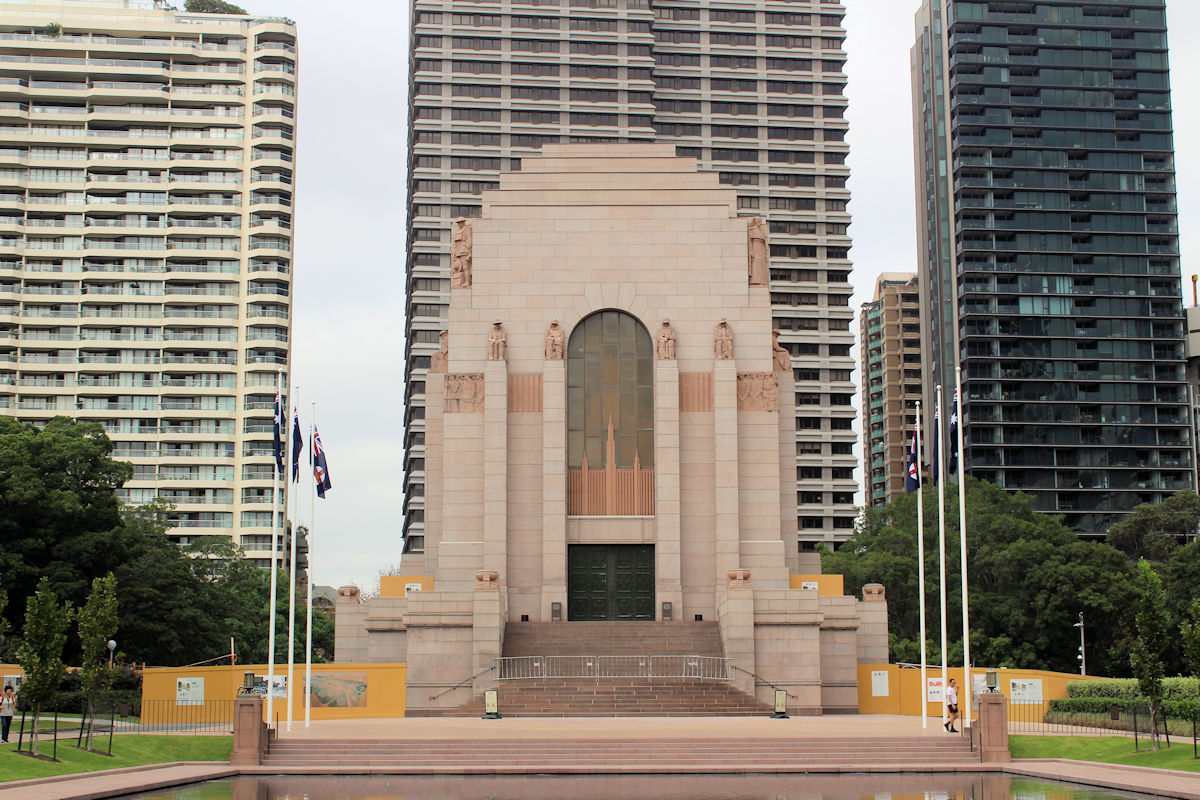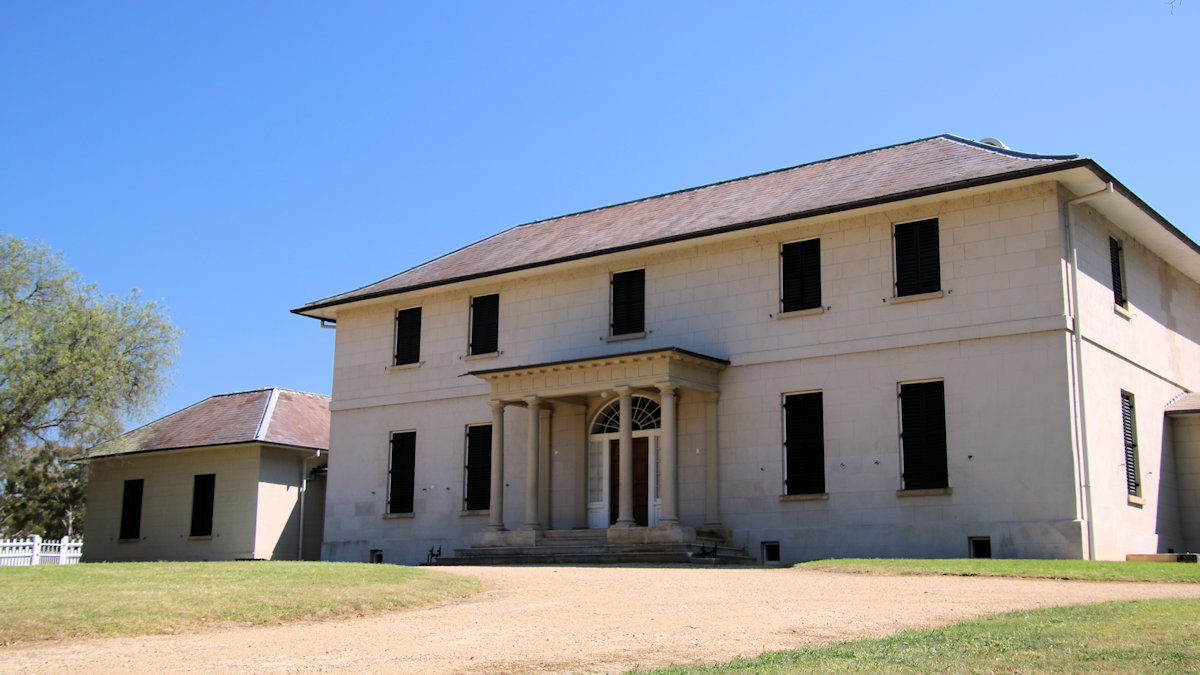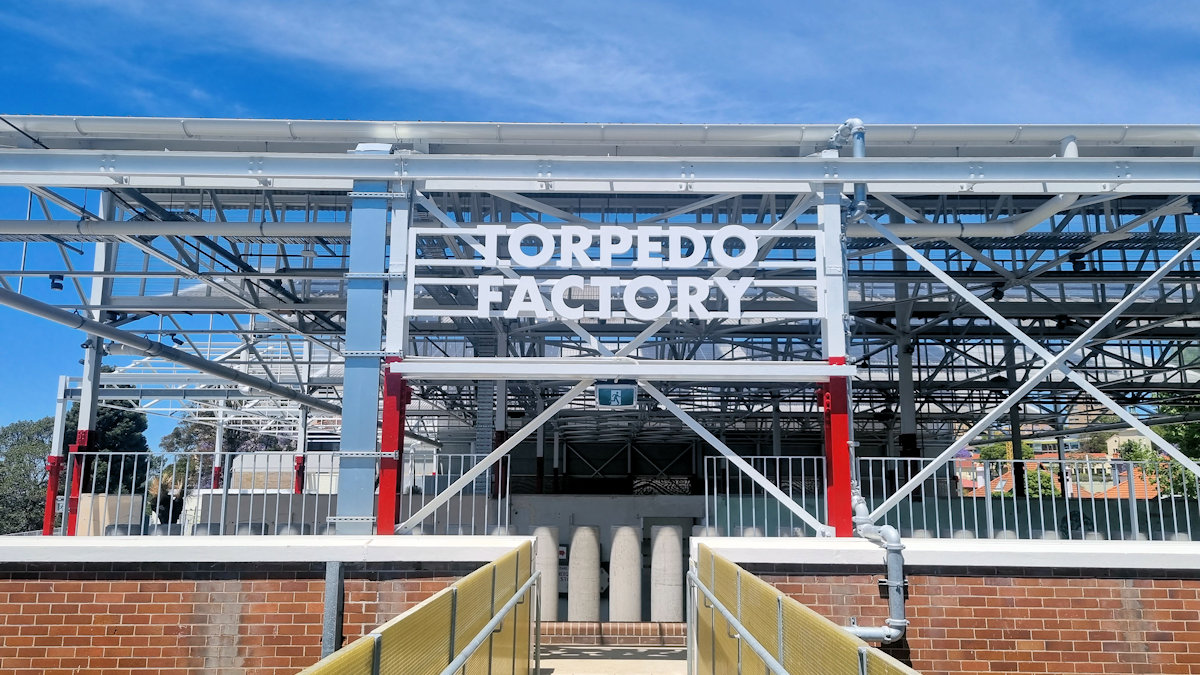Category: Military Memorial
-
ANZAC Memorial Sydney

ANZAC Memorial Hyde Park Sydney The ANZAC Memorial was built to commemorate the Australian Imperial Force of World War I. It is the focal point of the southern section of Hyde Park, along with the Pool of Reflection. On ANZAC Day and Remembrance Day, the memorial is the central focus of the ceremonies, so it can be… Read more
-
Old Government House and Parramatta Park Australia

Old Government House Parramatta Australia Located on the banks of the Parramatta River, Old Government House is the oldest surviving public building in Australia. Additionally it is an important UNESCO World Heritage listed site, and one of 11 recognised convict sites that tell the story of Australia’s forced convict migration. History of Old Government House… Read more
-
Sub Base Platypus Torpedo Factory

Sub Base Platypus Torpedo Factory Opened in September 2023, the Torpedo Factory at Sub Base Platypus is an excellent addition to this heritage site. Managed by the Harbour Trust, the old factory was partially demolished and revitalised as an open public space. Getting There We used public transport, getting the train to Milsons Point Station… Read more